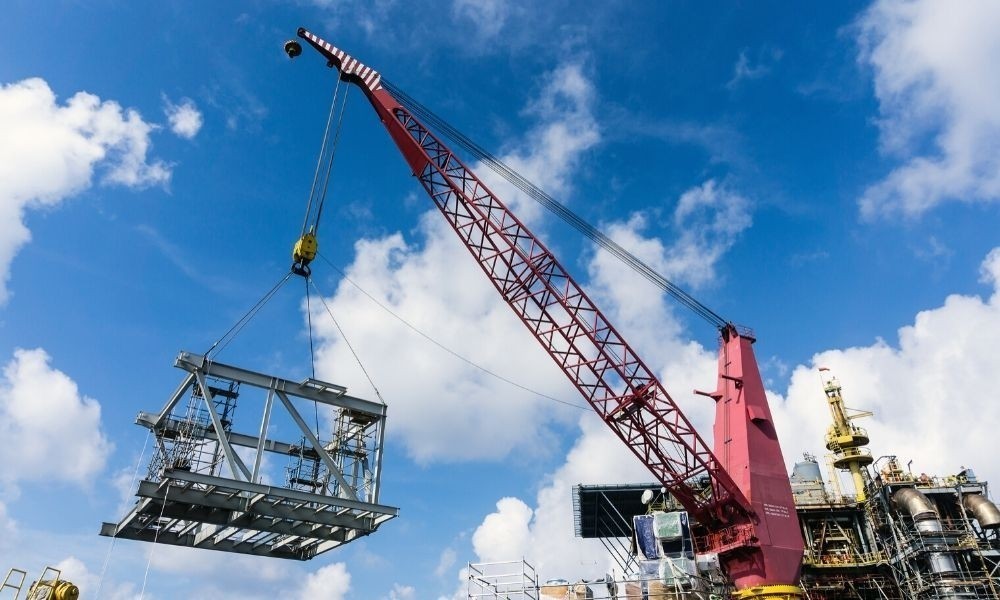Rigging Safety Tips for Beginners

Rigging is one of the most important tasks to be done on a jobsite. Whether it’s in the maintenance or construction industries, rigging is essential to getting all necessary supplies in the right places to be used. But because of the nature of this process, it can also be one of the most dangerous. After all, there is no end to the list of hazards involved in transporting loads that can weigh over a few tons. As such, it’s crucial that each worker participating in or near this procedure have rigging safety tips to reference—especially if they’re first starting out.
Ensure All Riggers Are Qualified
For there to be optimal levels of safety in the workplace, only those trained in the rigging process should be allowed to use or be near the equipment. Otherwise, not only does this prevent the project from being completed as efficiently, but the overall risk of injury significantly increases. To allow a worker to use the rigging machinery, they must have an understanding of all lifting procedures as well as know how each component works. This way, they can recognize a dangerous situation and stop before anything can go wrong.
Always Inspect Machinery
Likewise, the rigging machinery must also be inspected before each lift in order to cut back the risk for malfunction. Inspecting beforehand allows a worker to pinpoint potential hazards and flag them to be fixed prior to a breakdown. Even minor technical issues shouldn’t go ignored, as these can become larger problems when under the stress of lifting a heavy load. A thorough inspection should include looking over the crane, slings, hoists, winches, and all other individual components of the rigging system for mechanical or structural damage.
Load Balance Is Key
The heavier the load being lifted, the more damage it can cause should it fall. It’s for this reason that balance is essential in keeping a load stable enough to make the trip. To achieve this level of balance for extremely heavy loads, it’s important that the upper suspension and the load hook form a straight line. This ensures that the weight is distributed evenly and that there’s less chance of the load slipping from the sling. Be sure you’re also aware of how far a load can swing so you can be ready to avoid it, and use a spotter to properly align the load during transport.
Safety is our top priority at Midwest Unlimited. Whether you’re a tower climber, lineman, or construction professional, we want our equipment to be reliable enough to get you through whatever hazards the job throws your way. As such, in addition to our fall protection harnesses, we also provide equipment for other work processes, such as beam clamp rigging equipment and tool bags. In doing so, we hope to help keep you safe in a variety of situations during a series of different jobs.
